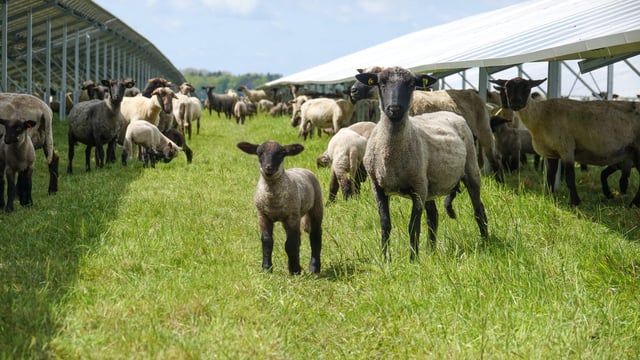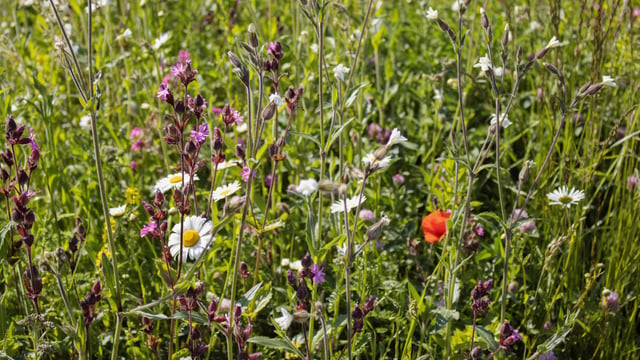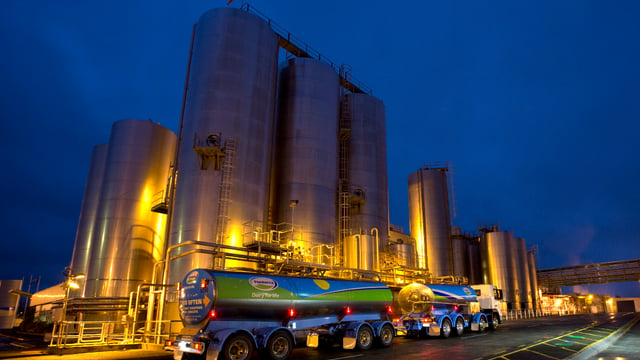Tillage: Record forage maize yields in the offing for Ireland
Record forage maize yields will be achieved in Ireland this year with the the harvest kicking-off two to three weeks earlier than normal, according to Maizetech’s John Foley.
He said: “The first of this year’s maize crops will be harvested around the middle of September. These would have been sown out under film in mid-April.
“Crops established without the use of film will follow on around a fortnight later.
“Dry matter yields will probably come in around 10% higher than last year.”
Driving these enhanced growth rates has been the high temperatures recorded in Ireland since the beginning of May.
Foley explained: “Heat drives maize performance. Crops also received the rain they needed at the appropriate times.
“Dry matter yields in maize are driven by the number of cobs and their size.
“What we are seeing this year is excellent pollination rates. Cobs have fertilised seeds right along their entire length.
"Last year, the average pollination figure would have been down at around 75%."
The Maizetech representative also outlined why the current dry conditions will not impact the overall yield.
“At the present time, maize plants are converting the sugars they manufacture, as a consequence of photosynthesis, into starch. This is then stored in the cobs," he said.
“At this stage, maize plants have stopped growing. So the current dry spell will not impact on the overall levels of crop performance that are achieved.
“Individual maize plants will spend the next three to four weeks converting sugars into starch."
Forage maize acreage
It has been estimated that 54,000ac of forage were sown out across the island of Ireland in 2025.
“That’s up 1% year-on-year,” Foley noted.
Forage maize is grown in Ireland as a source of high energy forage, primarily for dairy and beef cattle.
Significantly, high starch and dry matter levels within crops translates into forages with high metabolisable energy (ME) values, once silage pits have been opened.
“There’s little doubt that maize silage will be of exceptional quality during the 2025/26 feeding season.
“This is very good news for livestock farmers with access to them,” Foley stressed.
The area of forage maize grown in Ireland has gradually increased over recent years. It is no longer seen as a marginal crop to grow in many parts of the country.
The development of crop varieties that are specifically suited to the Irish climate is helping this process.
Moreover, those livestock farmers who have experimented with the feeding of forage maize, invariably, continue with it.
This is because of the enhanced livestock performance levels they invariably achieve from the feed.











